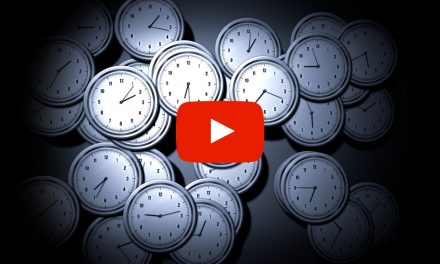
Billing for T.E.N.S.

How do I bill for T.E.N.S. unit?
A T.E.N.S. (Transcutaneous Electrical Nerve Stimulation) machine uses electric stimulation to diminish pain. I suggest that before submitting a claim to a 3rd party payer for T.E.N.S. unit reimbursement, it is important to read the medical policy of the 3rd party to determine if the rental or sale of the machine meets their definition of medical necessity. For example, BCBS of Illinois’ medical policy states that transcutaneous electrical stimulation (T.E.N.S.) may only be considered medically necessary for the treatment of refractory chronic pain (examples: chronic musculoskeletal or neuropathic pain) that causes significant disruption of function and pain is unresponsive to at least three months of conservative medical therapy. This includes nonsteroidal anti-inflammatory medication, ice, rest and/or physical therapy. Their medical policy also states that T.E.N.S. is experimental, investigational and unproven for any other condition including, but not limited to: the treatment of acute pain (post-operative) and the treatment of dementia.
Documentation
If you rent or sell a T.E.N.S unit and bill a 3rd party payer, make sure your documentation states the information required to meet the medical necessity for care and that the etiology of the pain must be a type accepted as responding to T.E.N.S. therapy. For example with a patient that has BCBS, it is important to show that the patient has been treated conservatively for three months. You must document functional impairment. Outcome assessments forms are an excellent way to document functional impairment. Document the patient’s treatment and whether the patient has used ice, NSAIDS, PT, etc. The patient’s diagnosis must be for a chronic condition. It is recommended by BCBS that the patient should have had a trial of T.E.NS. of at least 30 days to establish the efficacy of the treatment and compliance in using the device on a regular basis. This is very important to document in the patient’s file.
I cannot stress how important it is to read each third-party payer’s medical policy when prescribing a T.E.N.S. unit so you protect yourself from losing money. If your patient does not fall into the payer’s definition of medical necessity and you are in network with the payer, you are required to notify the patient in advance that treatment will not be covered in order to collect from the patient.
Codes
The following HCPCS codes and modifiers are used when renting or selling a T.E.N.S. unit:
- E0720 is Transcutaneous electrical nerve stimulation (T.E.N.S.) device, two lead
- E0730: Transcutaneous electrical nerve stimulation (T.E.N.S.) device, four or more leads, for multiple nerve stimulation. If four leads are ordered, the patient record must document why two leads are insufficient.
- A4595: Electrical stimulator supplies, two leads, per month. This usually includes electrodes (any type), conductive paste or gel (if needed), tape or other adhesives (if needed), adhesive remover, skin preparation materials.
- A4630: Replacement batteries, medically necessary, transcutaneous electrical stimulator, owned by a patient
- RR Modifier: Rental
- NU Modifier: New

















